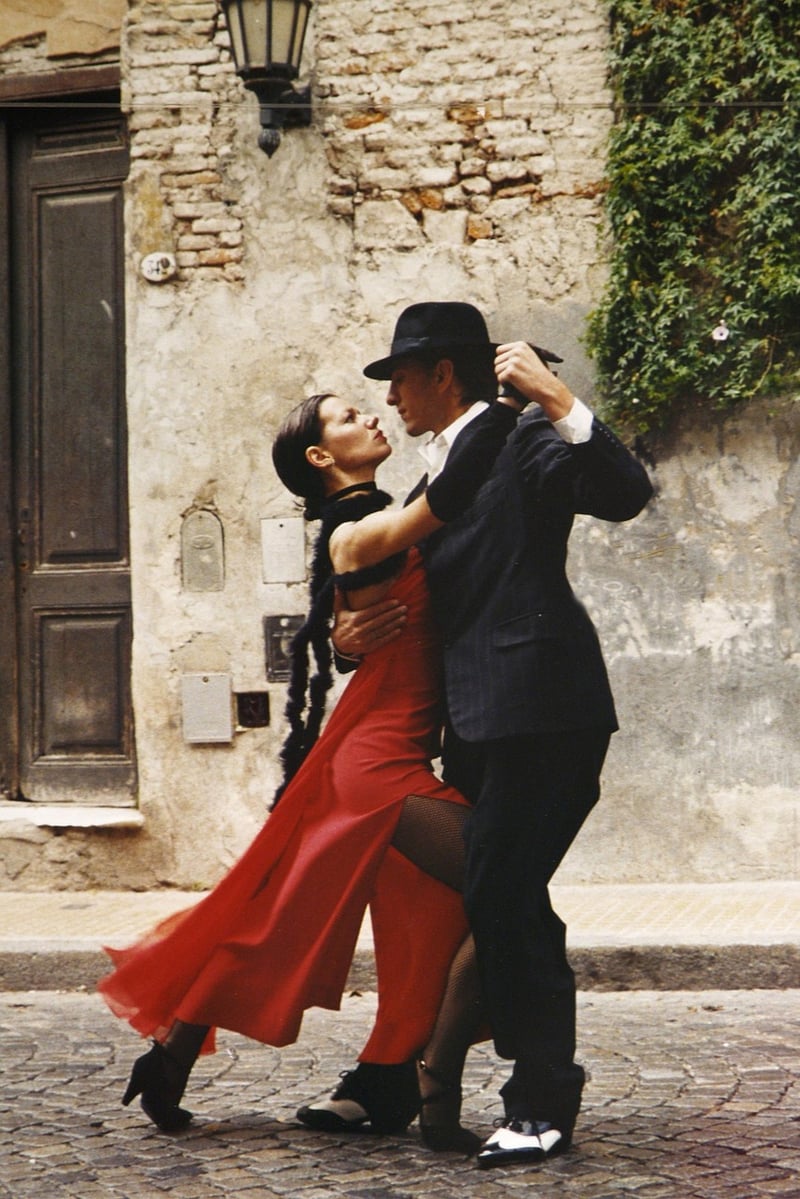Hip Hop
The Power of Expressive Movement in Hip Hop

Hip hop is more than just a genre of music; it's a culture that encompasses various art forms, including dance. Expressive movement plays a vital role in hip hop dance, allowing dancers to convey emotions, tell stories, and showcase their individuality through movement.
History of Hip Hop Dance
Hip hop dance originated in the 1970s in the Bronx, New York City, as a form of self-expression and a way to break free from social norms. It has since evolved into a global phenomenon, with various styles such as breaking, locking, popping, and krumping.
Expressive Movement in Hip Hop
Expressive movement in hip hop is characterized by fluidity, rhythm, and creativity. Dancers use their bodies to interpret the music, lyrics, and emotions of a song, creating a visual representation of the music through movement.
Elements of Expressive Movement
- Isolation: Dancers move different parts of their body independently, creating visually striking movements.
- Freestyle: Dancers improvise movements on the spot, allowing for individual expression and creativity.
- Storytelling: Dancers convey narratives and emotions through their movements, connecting with the audience on a deeper level.
Impact of Expressive Movement
Expressive movement in hip hop allows dancers to express their identity, emotions, and experiences through dance. It provides a platform for self-expression, creativity, and connection with others who share a passion for hip hop culture.
Join the Movement
Whether you're a seasoned dancer or a beginner looking to explore the world of hip hop dance, embracing expressive movement can take your dance skills to the next level. Join a dance class, attend workshops, or simply dance to your favorite hip hop tunes in the comfort of your own space.
Let the music move you, and express yourself through the power of hip hop dance!

Image sources: Hip Hop Dance, Street Dance
